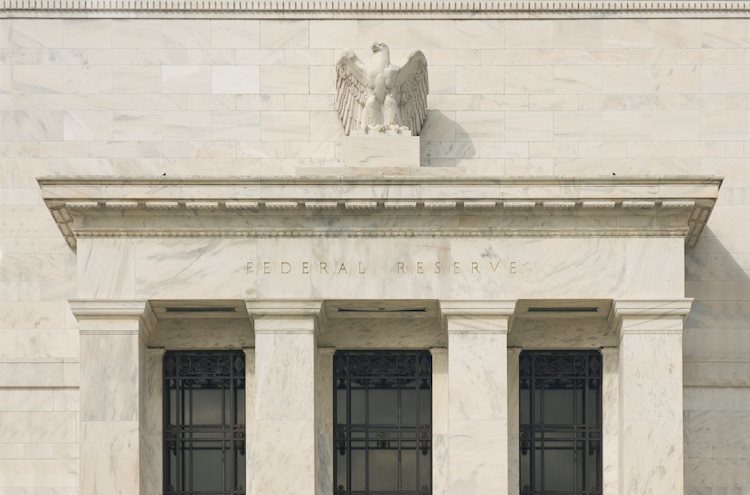Federal Reserve (Fed) Governor Christopher Waller recently spoke at the International Organization for Standardization Technical Committee 68 Financial Services 44th Plenary Meeting, emphasizing the importance of collaboration in establishing standards for integrating new payment technologies into the system. He acknowledged the rapid pace of technological change today compared to the past, highlighting the need for cooperation among various stakeholders in the public and private sectors for efficient integration.
While Waller refrained from discussing monetary policy or the economic outlook in his speech, other Fed officials have recognized the progress made in terms of inflation and remain cautious about any policy easing. This indicates a thoughtful approach by policymakers in response to changing economic conditions, balancing the need for stability with the potential for future adjustments.
In terms of exchange rates, the US Dollar (USD) experienced some fluctuations against major currencies this week, with the New Zealand Dollar showing the highest strength against the USD. The currency movements displayed in the table indicate the percentage changes against the USD for each currency, with the New Zealand Dollar leading in terms of gains this week.
The Federal Reserve plays a crucial role in shaping monetary policy in the US, with a focus on achieving price stability and fostering full employment. Interest rate adjustments are a primary tool used by the Fed to control inflation and encourage economic activity. By raising or lowering interest rates as needed, the Fed aims to maintain a balance between price stability and employment levels.
The Federal Open Market Committee (FOMC) holds regular policy meetings to assess economic conditions and make monetary decisions, attended by twelve Fed officials. In situations where standard measures may not be sufficient, the Fed may resort to Quantitative Easing (QE) as a non-standard policy to boost credit flow during crises or low inflation periods. This strategy involves purchasing bonds from financial institutions to inject liquidity into the system.
Quantitative tightening (QT) is the opposite of QE, where the Fed reduces its bond purchases and reinvestments, which can have a positive impact on the value of the US Dollar. Understanding these policy tools and their implications is crucial for investors and market participants to anticipate potential changes in monetary policy and their effects on currency valuations. By staying informed about Federal Reserve actions and statements, individuals can make more informed decisions in the financial markets.










